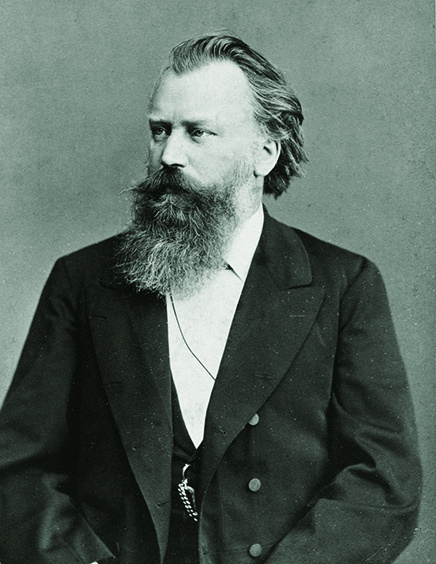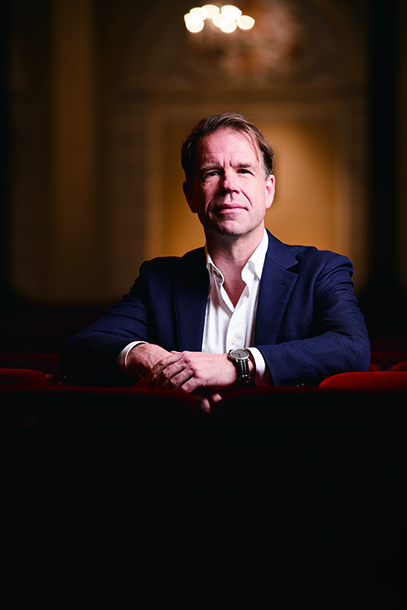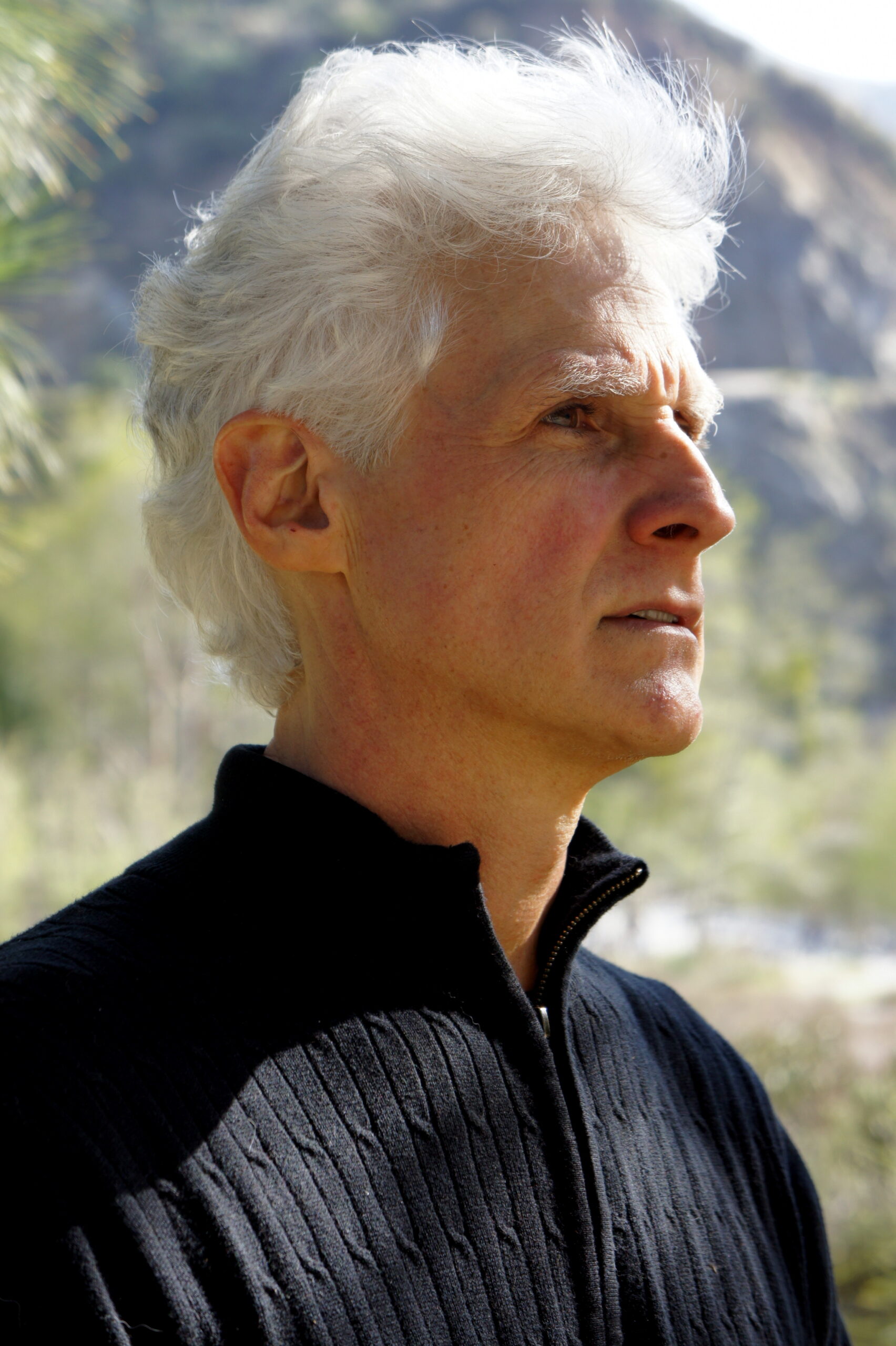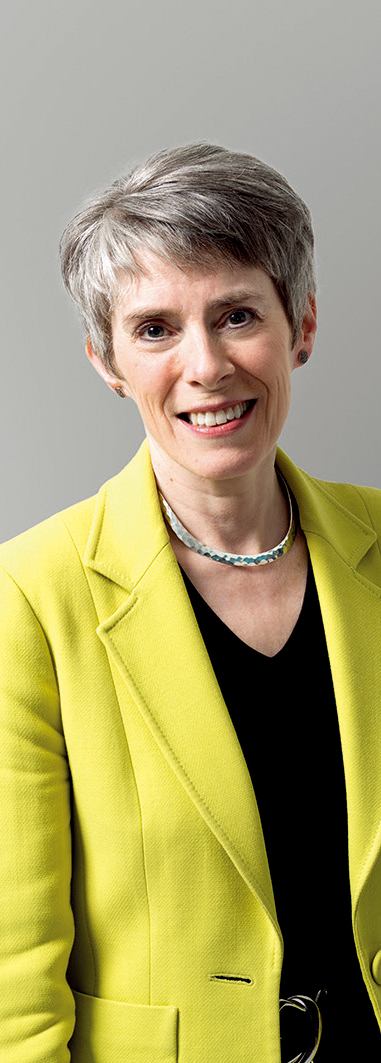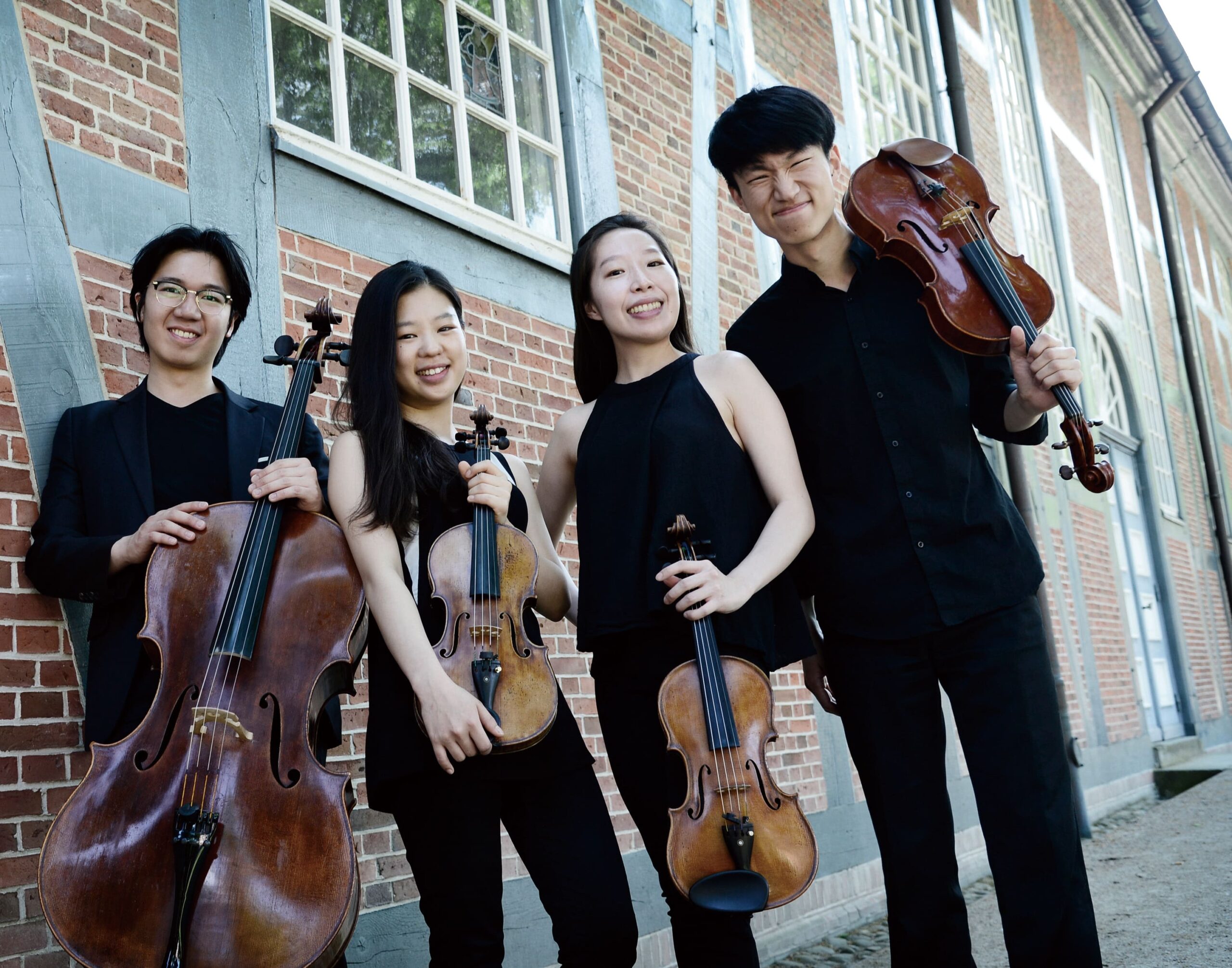봄의 제전
소위 문명화가 이뤄졌다고 여겨진 이후의 수많은 나날들 가운데, 1913년 5월 29일, 이고르 스트라빈스키의 ‘봄의 제전’이 대중의 폭동으로 변했던 그 저녁만큼 현대적인 상상력에 낭만적인 매혹을 더할 수는 없으리라.
샹젤리제 극장의 무대 위에서 발레리나들이 춤을 추고 오케스트라가 연주를 할 때, 객석 통로에서는 주먹이 오갔고, 모자들은 지팡이로 망가졌으며, 열쇠는 호루라기가 되었고, 경찰들은 이 사태를 정리하기 위해 출동했다. 소동에 놀란 스트라빈스키는 안무가 바슬라프 니진스키에게 매달린 채 곤경에서 벗어나려고 안간힘을 썼다. 기획자 세르게이 디아길레프는 전기 담당 기술자에게 조명을 껐다 켰다 하라고 지시했다. 다음 날, 오스트리아-헝가리 제국의 대사는 아마도 작곡가 라벨이었을 익명의 사람에게 모욕을 당했다며 프랑스 외무성에 외교적 항의서를 전달했다.
터무니없어 보이지만, 대사의 항의가 전혀 무관한 것이 아니었다. 100년 전의 봄, 불멸의 그 밤, 문화는 정치가 됐고, 음악이라는 예술은 기존의 질서를 순식간에 뒤집겠다고 위협했다. 여기서 내 질문이다. 왜 그러지 못했는가?
과거를 돌아보면, 우리는 1913년의 유럽이 이미 썩을 대로 썩어 곧 가장 큰 전쟁으로 한 세대를 잃기 직전이었음을 알 수 있다. 전통적 예술자원 역시 고갈 위기에 놓여 있었다. 파블로 피카소는 구상화를 시작했다. 쇤베르크는 음악을 무조의 절벽으로 몰아갔다. 스트라빈스키는 멜로디를 대체할 리듬을 발견했는데, 이는 로워 이스트사이드 주택가의 어느 계단에서 미국 대중음악 발명가들이 동시에 발달시킨 것이었다. 혁신이 손짓했다. 문화적으로나 정치적으로나, 새로운 세력이 기존 세력을 이길 수 있는 최적의 시기였으나, 기회는 사라졌다.
다음의 폭동지는 어디인가? 언론의 힘을 업은 ‘봄의 제전’은 수십 개의 극장에서 비슷한 싸움과 분노에 찬 도시의 울부짖음, 과격한 성명을 조장했다. 그러고는 아무 일도 일어나지 않았다. 쇤베르크의 무조음악이 태동하면서 빈에서 두 번의 소동이 일어났고, 헨리 우드가 이를 런던 프롬스에서 재현한 것 말고는, 대중은 그냥 편히 앉아 급진적인 새로움에 고개를 끄덕였을 뿐이다. ‘봄의 제전’의 부활은 소란 없이 지나갔다. 런던의 ‘타임스’ 지는 “반대 징후가 거의 없이 받아들여졌다”라고 했다. 파리에서의 소란은, 단 한 번의, 신기한 일이었다. 올해 백 주년 기념음반, 라디오 토론과 학술적인 복원으로 단순히 과거의 향수를 일으키는 이벤트였다. 과거의 예외적 사항에 대한.
그 제전은 후에도 의미가 있었을까? 초연에 대한 기록을 살펴보면, 우리는 여흥에 대한 익숙한 고정관념을 발견할 수 있다. 관객들은 지금과 같이 현란하고 부유했으며 쉽게 산만해졌다. 음악의 잔인성을 인식하고, 더불어 니진스키가 그의 처녀들을 위해 고안한 기이하고 더듬거리는 스텝이 격식에서 벗어나자 부르주아 계급은 이 무대가 그들의 기대에 대한 모욕이라고 인식해 폭발했다. 그들은 이런 무대를 위해 돈을 낸 게 아니다. 그러나 스스로 초래한 불안정서만큼 중간 계층을 두렵게 하는 것은 없으므로, 폭도들은 집에 돌아가자 이 문제를 잊었다. 이것은 모든 ‘무대 위의 제전’을 종지시킨 문자 그대로 의식이었다. 대중오락의 근간을 위협했기 때문이다.
스트라빈스키는 처음에 (나중에 어조를 바꿨지만) “그다지 화나지 않았다”라고 했다. 무대 뒤에서 그는 기자들에게, 대중이 자신의 음악을 이해하지 못하는 것을 “충분히 이해” 할 수 있다고 했다. “그러나 관객으로서의 선의가 결여되었음은 정당화될 수 없다”라고 그는 평했다. “예상 밖의 새로움이 파리를 당황스럽게 만들었지만, 파리는 스스로 어떻게 평정을 되찾는지 알 것이다”라고 말했다. 그는 대중을 얼마나 잘 알고 있었던가.
다음 날 드뷔시는 초연에 대한 언급 없이 스트라빈스키에게 저녁 초대 전보를 보냈다. 작곡가들에게 이것은 일반적인 비즈니스였다. 한편 적대적인 평론가 두 사람은 폭탄을 터뜨릴 준비를 하고 있었다. ‘에코 드 파리’의 아돌프 보쇼는 작곡가가 그의 음악을 “소음에 가깝게 만드느라 애썼다”라고 평했다. ‘르 피가로’의 앙리 키타르는 “힘겹고 유치한 야만성”이라 비난했다. 이런 경직된 의견들은 ‘봄의 제전’을 현대화의 이정표로 인정하며 백 년간 숭배해온 그 어떤 해설보다 진실하게 울렸다. 나는 그(‘현대화’) 반대라고 주장한다.
스트라빈스키는 삶의 시끌벅적하고 잔인하며 하찮고 척박한 툰드라의 깊숙이까지, 러시아 문명의 야생적 근원에 도달했다. 그 부제목은 납치, 인간제물, 부족 간의 전쟁, 숭배를 얘기하고 있다. 바순 솔로가 이교도 의식을 예고하며, 쿵쾅거리는 전쟁의 북소리가 뒤따른다. 이것은 인류 진보의 조짐이 아니다. 그것은 현대사회의 가치에 도전하는 원시주의에 대한 찬양이었다. 그에 대한 응답은 상호간의 폭력이었다.
C와 E는 화음으로 정의하고 B와 D는 불협화음으로 정의하는 기존의 조성이 작곡가들에게 주어진 유일한 옵션이 아니라는 생각을 쇤베르크가 빈에서 드러냈을 때도 비슷한 정도의 불안이 야기됐다. 쇤베르크가 그의 두 번째 현악 4중주에서 옥타브를 이탈했을 때, 그는 대담하고 새로운 조성의 제한 없는 자유가 아닌, 서양 고전음악이 확립되기 이전에 존재했던 잊힌 선 조성, 즉 열린 선법을 수용한 것이었다. 쇤베르크도 스트라빈스키와 마찬가지로 미래가 아닌, 과거로 되돌아갔다.
두 사람의 차후 결정을 보면, 이들은 그 양면성을 알고 있었다. 전쟁과 볼셰비즘으로부터 쫓겨난 스트라빈스키는, 사전적 정의와는 반대되는, 관객들을 편안한 음향으로 보살핀다는 ‘신 고전 스타일’을 발명했다. ‘혁명적이 될 수밖에 없었던 보수주의자’ 쇤베르크는 무조에서 벗어나 빠르게 성장하여 합성되고, 혼돈을 야기하는 것보다는 음악을 재발견하는, 이미 정해진 순서의 12음렬주의로 대체했다. 스트라빈스키는 인생 후반에 쇤베르크의 음렬주의를 그의 현대성을 나타내듯 수용했다. 이러한 관점에서 ‘봄의 제전’은 퇴행적 일탈행동이다.
스트라빈스키는 “지휘자와 오케스트라가 감당할 수 있도록” 1921년과 1943년 두 번에 걸쳐 악보를 교정했다. 서로를 친절하게 용인하리라는 작곡가와 청중 사이의 무언 평화협정을 파기하거나 공공질서를 방해하는 것. 그것은 절대로 스트라빈스키의 의도가 아니었다. 1913년의 봄, 두 명의 작곡가가 그 동맹을, 한계까지 실험했다. 아무도 다시는 동맹을 위반하지 않았다.
번역 이윤희(인디애나 음대 박사)
Rite of Spring
Among the many dates given for the-end-of-civilisation-as-we-knew-it, none exerts a more romantic tug on the modern imagination than May 29, 1913, the night that Igor Stravinsky’s Rite of Spring turned into a public riot.
As the ballerinas danced and the orchestra played in the Theatre de Champs Elysees, punches were thrown in the aisles, hats were smashed in with canes, door-keys were used as whistles and the police were called to clear the house. Stravinsky, stunned by the uproar, clung with both hands to his choreographer Vaslav Nijinsky, desperate to keep him out of trouble. Serge Diaghilev, the impresario, ordered the electricians to switch the lights on and off. Next morning, the ambassador of the Austro-Hungarian Empire delivered a diplomatic protest to the Quai d’Orsay over an insult hurled at him by an unnamed person, possibly the composer Maurice Ravel.
Preposterous as it may seem, the ambassador’s protest was not altogether irrelevant. For, on that immortal night of spring 100 years ago, the cultural turned decidedly political and the art of music threatened momentarily to overturn the existing order.
So here’s my question: why didn’t it?
We know, with the benefit of retrospect, that Europe in 1913, rotten through and through, was about to waste a whole generation in the greatest war on earth. We know, too, that the resources of traditional art were close to exhaustion. Pablo Picasso had blown the whistle on figurative painting. Arnold Schoenberg was driving music over an atonal cliff. Stravinsky had discovered rhythm as an alternative to melody, something the inventors of American popular music were developing in tandem on the stoops of Lower East Side brownstones. Innovation beckoned. There had never been a better time for the new to defeat the old, culturally and politically, and yet the opportunity went begging.
Where was the next riot? Trumpeted by the media, the Rite of Spring should have incited copycat brawls in dozens of theatres, howls of urban outrage, hyperactive manifestos. And nothing happened. Aside from two disturbances in Vienna at the outbreak of Arnold Schoenberg’s atonalities and a certain amount of hissing in London when Henry Wood repeated them at the Proms, the public sat back in its seats and let radical novelties wash over its nodding heads.
Revivals of the Rite of Spring passed without fuss? ‘received with scarcely a sign of opposition,’ noted the Times in London. The Paris mel?e was a one-off, a curiosity, an event of mere nostalgic merit to be marked this year by centennial recordings, radio discussions and academic reconstructions: an historical anomaly.
Or was it? Might the riot have meaning beyond its moment in time? Rereading first-night reports, we find familiar stereotypes at play. The audience was, then as now, showy, rich and easily distracted. Freed from formality by the ferocity of the music and the bizarre, stuttering steps that Nijinsky had devised for his maidens, the bourgeoisie erupted at what it perceived as an affront to its expectations. This was not what it had paid to see and hear. And then the rioters went home and forgot about it for there is nothing that so terrifies the middle-classes as instability, especially of its own making. This was the riot literally to end all theatre riots, because it threatened the very foundations of public entertainment.
Stravinsky himself was, on first response (he later changed his tune), ‘not very much upset’. Backstage, he told a journalist that he could ‘quite understand’ people’s inability to grasp his music. ‘What is unjustifiable, however is the lack of good will on the audience’s part,’ he complained. ‘An unexpected novelty disconcerts Paris, but Paris will know how to regain its composure.’ How well he knew his public.
Next morning Debussy wired him a dinner invitation, not mentioning the premiere. As far as composers were concerned, this was business as usual. Two hostile critics had their fingers on the button. Henri Quittard in Le Figaro accused Stravinsky of ‘laborious and puerile barbarism’, while Adolphe Boschot in L’Echo de Paris said the composer had ‘worked at bringing his music close to noise’. These snap verdicts ring truer than a century of reverent commentaries, acclaiming the Rite as a milestone in musical modernism. It was, I would argue, the very opposite.
Stravinsky had reached into the feral sources of Russian civilisation, far into the unforgiving tundra where life is raucous, brutal and cheap. His sub-titles describe abduction, human sacrifice, tribal wars, worship. A lone bassoon heralds a pagan ceremony, followed by a pounding of war drums. This was not an augury of human progress. It was a glorification of primitivism that challenged the values of modern society. Its response was reciprocal violence.
Much the same anxieties were aroused when Schoenberg exposed Vienna to the idea that a tonal scale which defined the notes C and E as harmony and B and D as discord was not the only option open to a composer. When Schoenberg veered off the octave in the middle of his second string quartet, he was embracing not a bold, new atonality of unfettered freedoms but a forgotten pre-tonality ? the open mode that existed before the establishment of western classical music. Schoenberg, like Stravinsky, was turning the clock back, not forwards.
Both men acknowledged this ambivalence by their subsequent decisions. Stravinsky, uprooted from Russia by war and Bolshevism, went on to invent a neo-classical style that, reactionary by definition, pampered audiences with comfort sounds. Schoenberg, ‘a conservative who was forced to become a revolutionary,’ grew quickly out of anything-goes atonality and replaced it with a synthetic, serial scale of 12 notes in a preordained order that would reinvent music rather than revert it to chaos. Stravinsky, late in life, embraced Schoenberg’s serialism as his badge of modernity. The Rite had been, in this respect, a regressive aberration.
He twice revised its score, in 1921 and again in 1943, for the purpose of making it ‘more manageable for conductor and orchestra’. It had never been his intention to disrupt public order, or to renounce the unspoken entente cordiale between composers and audiences that each will kindly tolerate the other. In the spring of 1913, two composers tested that alliance to its limits. None has ever breached it again. NL

